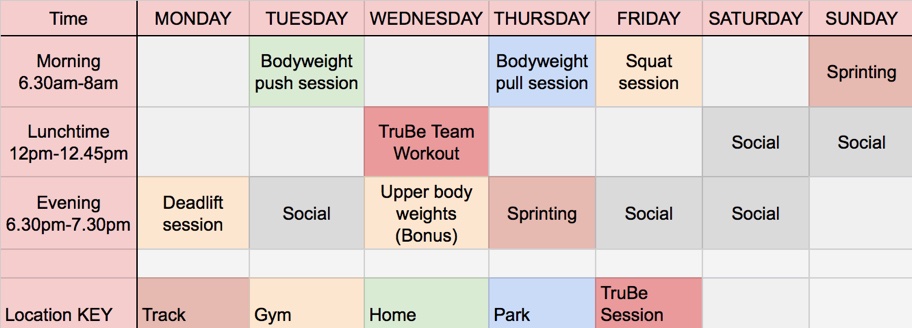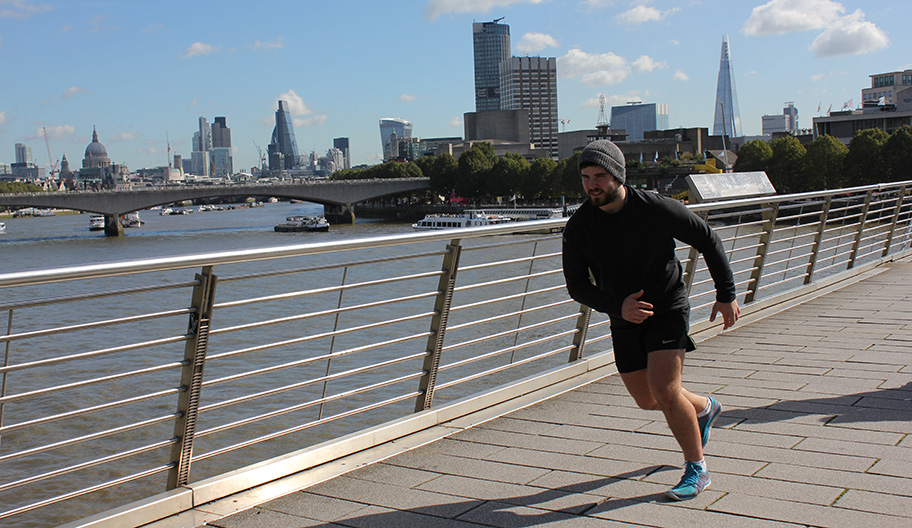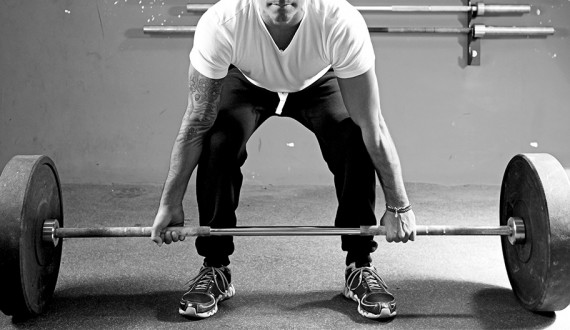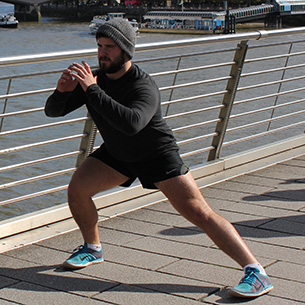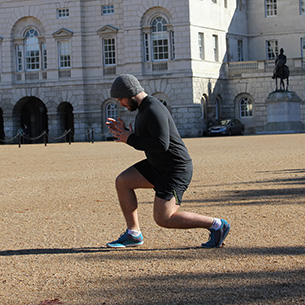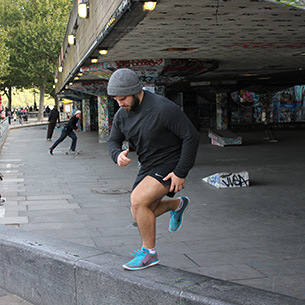
We are fortunate to watch incredible and inspiring multi sports events such as the Olympic Games and Commonwealth Games and the forthcoming European Championships. It is fascinating that so many disciplines are mastered by so many different body types, heights, weight and skill sets.
Power, flexibility, speed and co-ordination combined with high intensity training, natural ability andsports specific DNA can be seen throughout the sporting world. At the elite level where professionals compete for millions of pounds and gold medals and fame and glory, to serious amateurs who aspire to be individual stars or valued team players or just an enthusiastic weekend warrior looking to keep fit, have fun and share some great memories with friends and family.
Choosing the right sport or activity for yourself is down to many factors. Not everyone can simply pick up a golf club and drive the ball 350 yards down the fairway or crash fearlessly into bone crunching tackles on the rugby pitch without acknowledging whether they have the right stuff to make it happen. There are plenty of games that you can try first. Sometimes it is a little daunting to start a brand new skillset, but although this can be tricky there are several tips that you can leverage.
Consider trying out a variety of activities before you settle on your prime sport. Choose the sports that tick your boxes. This way you can compare the various sports using reasonable parameters. We know that certain sports demand certain physical attributes. For example, rugby players are generally more muscular than footballers or basketball players. However, there are certain sports like tennis and golf where physical characteristics do not necessarily determine whether you have significant potential. Just check out the WTA Tennis Ladies tour to see players of varying shapes and sizes dominating the game with varying game styles.
However, for some sports If you want to be a world champion there are determined body shapes that work best for each activity. The science identifies three main components which define how your body is built: body type, body size (height and weight) and body composition (body fat percentage). It is an accurate guide to identify what your body type is and only after that, can you learn about the exercises and sports that would fit perfectly into your specific choices.
Sports body types are classified into the following three main categories, namely ectomorph,
mesomorph and endomorph:
- Ectomorphs are disticntively tall and slender with little fat or muscle. They can eat lots of food and stay looking the same although this means they have trouble gaining muscular weight due to a fast metabolism. It takes longer and harder for ectomorphs to build muscles. Their body shape is like a rectangle because their face, shoulders, chest and hips are narrow. They usually have thinner arms and legs. Because of their slighter build they are also susceptible to injury. The great advantage of ectomorphs is thermoregulation. Therefore, swimming, football, long distance running, triathlons and cycling are the best options for people with the ectomorph body shape.
- Mesomorphs are known as the genetically gifted with the natural build and aptitude for sports. Men with the mesomorph body shape have the classic V-shape body. They have wide shoulders, narrow waists, relatively thin joints and rounder muscle bellies. Women with the
mesomorph body type have an hourglass figure and are usually slim. They have the benefit of gaining or losing weight effortlessly and can build muscle very quickly. They can easily do well at many sports activities from figure skating, gymnastics, football and rugby to hockey, swimming and rowing. - Endomorph body type tends to gain weight and keep it on, determined by a build that is a little wider than ectomorphs and mesomorphs. People with this body type have a pear-shaped body with some fat in areas, including arms and thighs. In general, they need to eat more carefully and work a little harder to maintain their optimum body weight. They are, however, naturally strong boned and build muscles quickly. Weightlifting, rugby, rowing, boxing, wrestling and field sport events such as discus and javelin suit them well. This body shape is generally not suited for speed and agility.
Detailing your body shape can offer a clearer link to the sports that are ideally suited to your build and may even point out some sports you never thought of trying. Choosing the sports activity that fits your body shape can help to develop you physically, however be mindful that sheer enjoyment of a sport or discipline, passion and determination will outweigh classically seen ideal body type every time!
The 2nd European Championships in Munich taking place this August is an exciting innovation bringing together sports such as beach volleyball, table tennis, cycling, rowing and gymnastics. A great vision to provide additional competitive opportunities for European athletes every four years. We will be watching! Lots of information on their website: www.europeanchampionships.com


